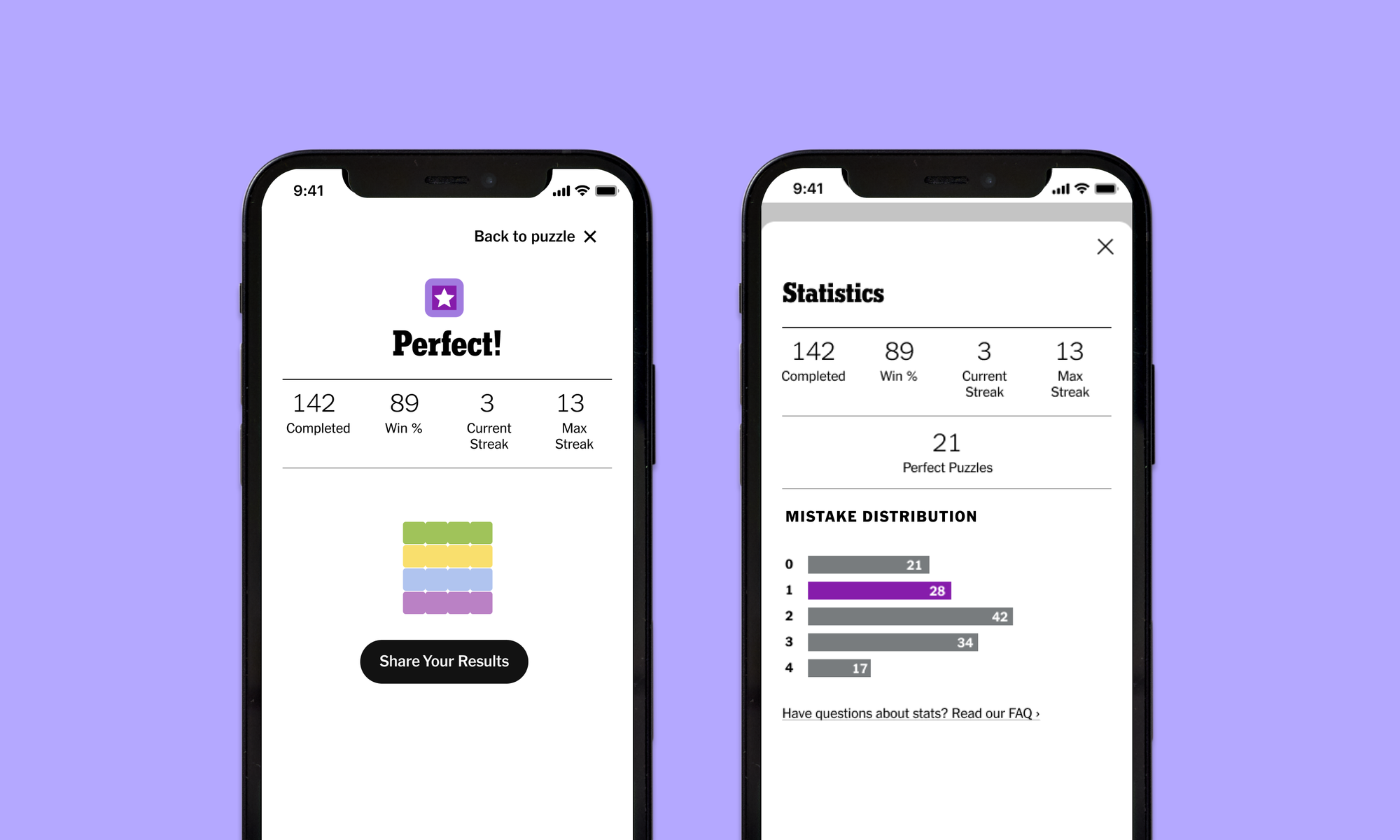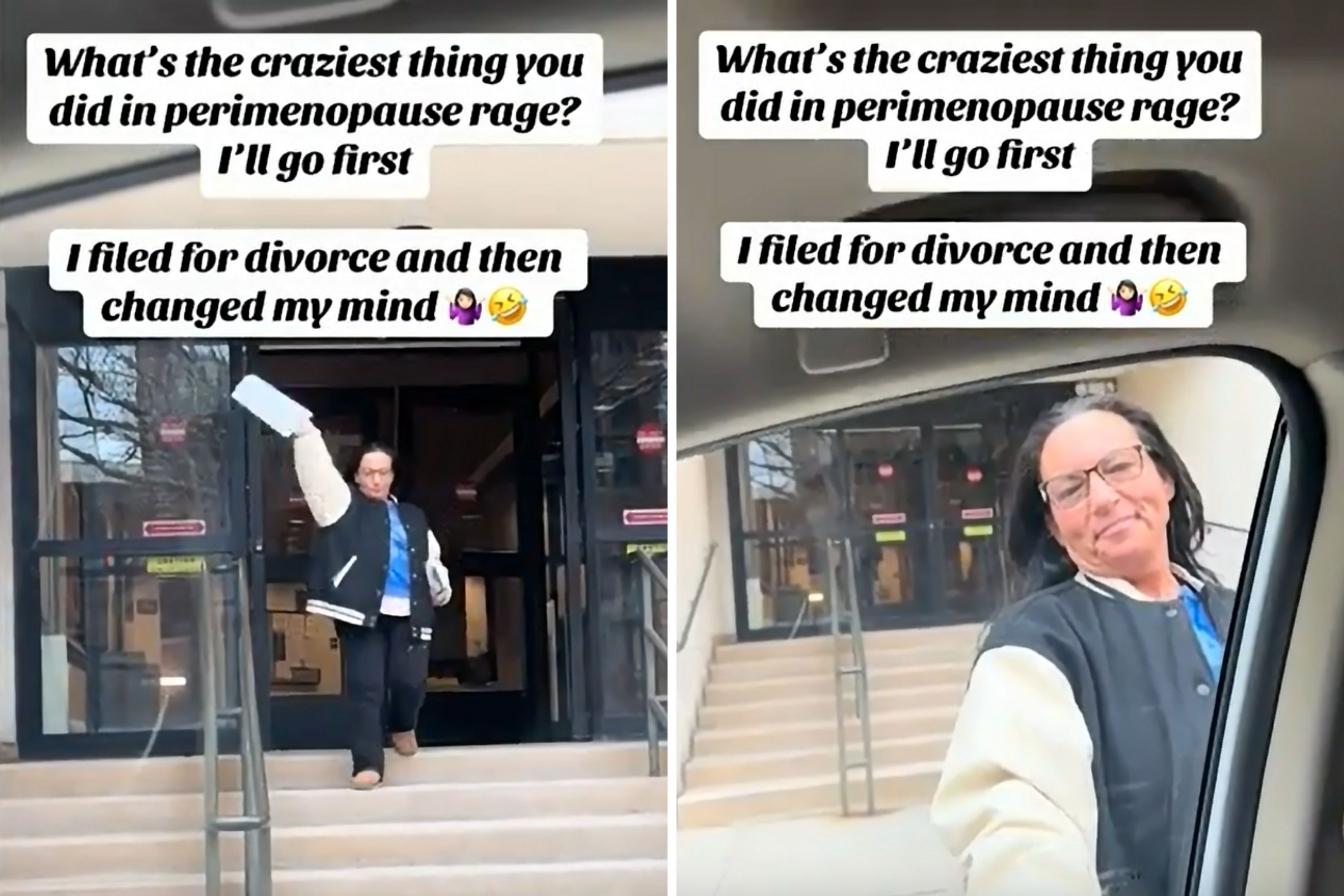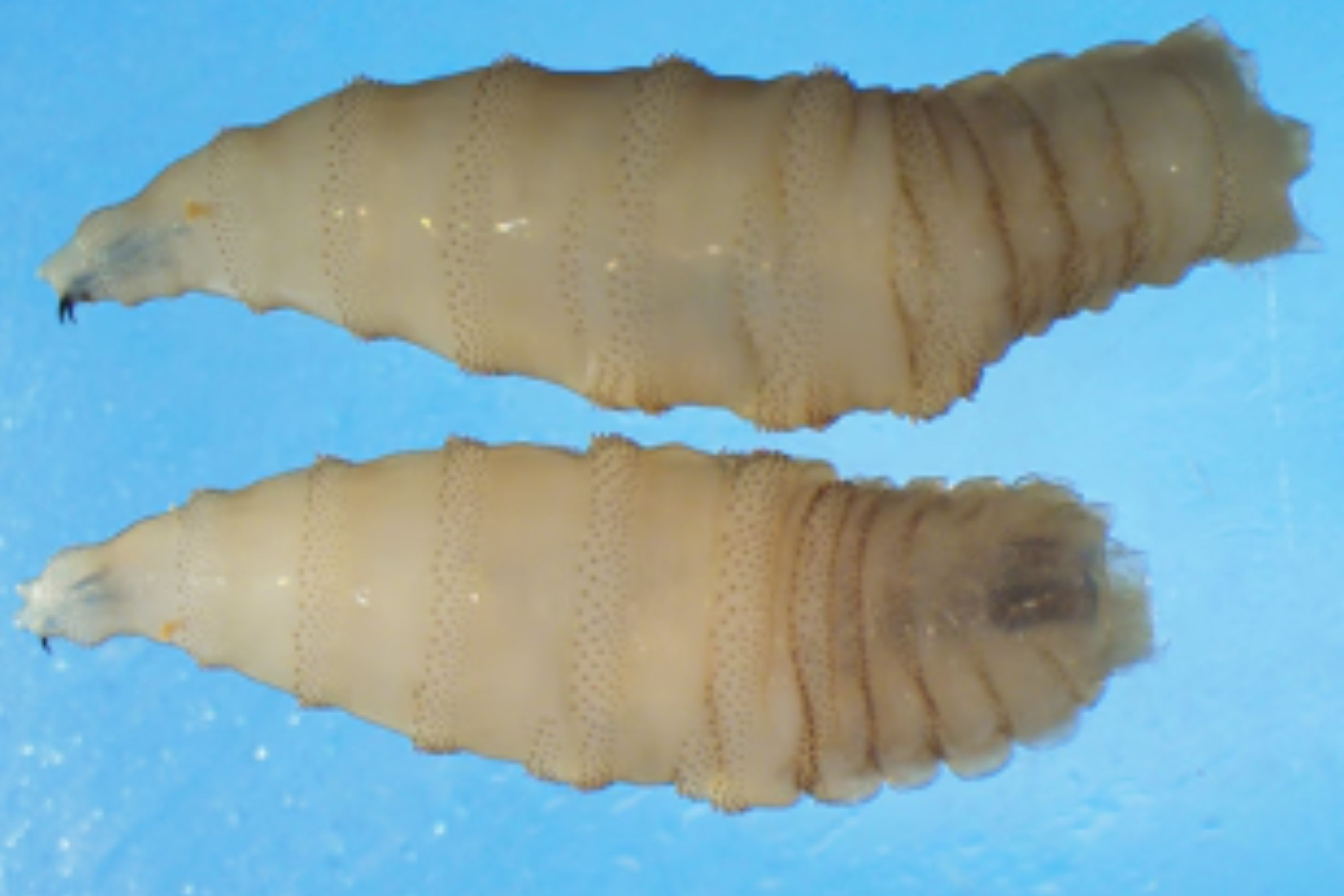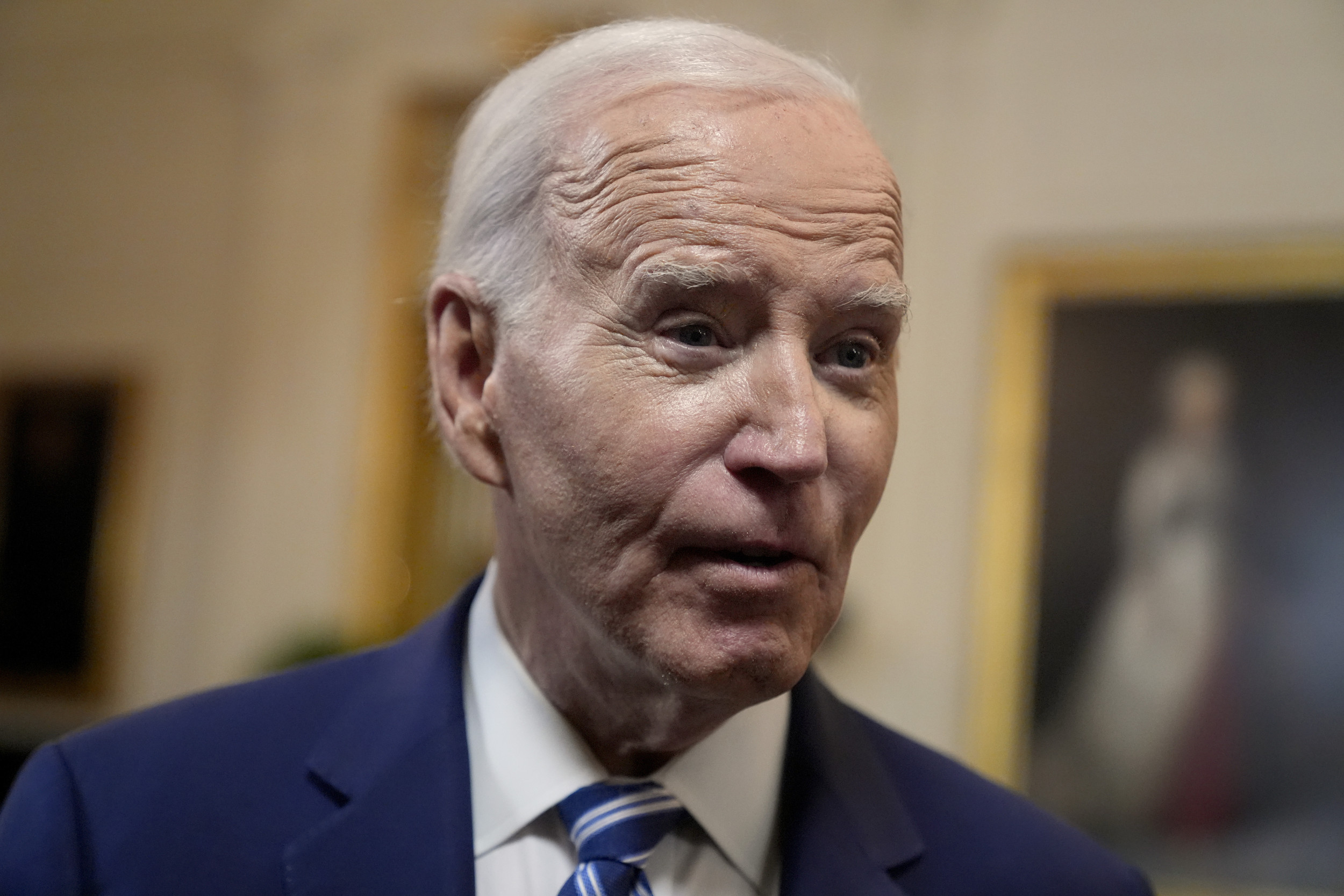Cases of whooping cough rose to more than 35,000 in the U.S. in 2024, which is an increase of more than 400 percent compared with 2023, when just over 7,000 people got the illness.
This is according to data from the U.S. Centers for Disease Control and Prevention (CDC), which monitors infectious diseases such as whooping cough.
Which States Were Most Affected by Whooping Cough in 2024?
In 2024, the five states with the highest number of whooping cough cases were Pennsylvania with 2,889, New York with 2,704, Wisconsin with 2,647, Illinois with 2,304 and Washington with 2,029.
In comparison, the five states with the highest number of whooping cough cases in 2023 were New York with 1,012, Ohio with 837, Illinois with 689, California with 643 and Arizona with 344.
The biggest increase in the number of whooping cough cases was in Wisconsin, where 2,596 more people got whooping cough in 2024 than in 2023: a jump from 51 to 2,647.
In Pennsylvania, cases jumped by 2,487 from 402 to 2,889, and in Washington, Minnesota and New York, increases ranged from 1,600 to 1,900.
Percentagewise, whooping cough rates increased by 400 percent nationally—but by more than 9,000 percent in Vermont, where they jumped from one to 97 cases.
In Massachusetts, Wisconsin, Rhode Island and Idaho, percentage increases were more than 3,000 percent. In Wisconsin, figures jumped from 51 in 2023 to 2,647 in 2024.
Which States Were Least Affected by Whooping Cough Last Year?
Perhaps most striking were the states that had the fewest cases of whooping cough last year.
In 2023, there was only one case in Vermont, two in Delaware and three in Hawaii, Mississippi and Rhode Island.
But in 2024, the lowest number of whooping cough cases occurred in Nevada, where only eight people got sick from the disease, followed by 35 in West Virginia, 46 in Mississippi, 53 in Delaware and 54 in New Hampshire.
Why Has Whooping Cough Become More Common?
According to the CDC's website, the U.S. is beginning to return to pre-pandemic levels of whooping cough, when more than 10,000 people contracted the disease each year.
During the COVID-19 pandemic, social distancing measures and mask-wearing are believed to have reduced the spread of whooping cough, so cases dropped nationally.
Higher rates of whooping cough may also be influenced by those who choose not to vaccinate themselves or their children, as this is the CDC's recommended method of prevention.
What Is Whooping Cough?
Whooping cough, formally known as pertussis, is a contagious respiratory illness caused by bacteria called Bordetella pertussis. It can be fatal.
Certain groups are most at risk of severe infection, including young babies, people with pre-existing health conditions—especially those that affect the immune system or lungs—and unvaccinated people, especially children.
The illness starts like a cold, with a mild cough, runny or stuffy nose and slight fever, but it can progress to involve rapid, violent and uncontrolled coughing fits.
During these coughing fits, individuals may make a high-pitched "whoop" while gasping for air, vomit, struggle to breathe or break ribs.
Babies do not always cough but they might have pauses in breathing, during which they may turn blue, which can be deadly.
The best way to protect against the illness is to get vaccinated, according to the CDC.
Whooping cough can be treated with antibiotics, which are most effective when administered early.
Is there a health problem that's worrying you? Do you have a question about whooping cough? Let us know via health@newsweek.com. We can ask experts for advice and your story could be featured in Newsweek.




















 English (US) ·
English (US) ·